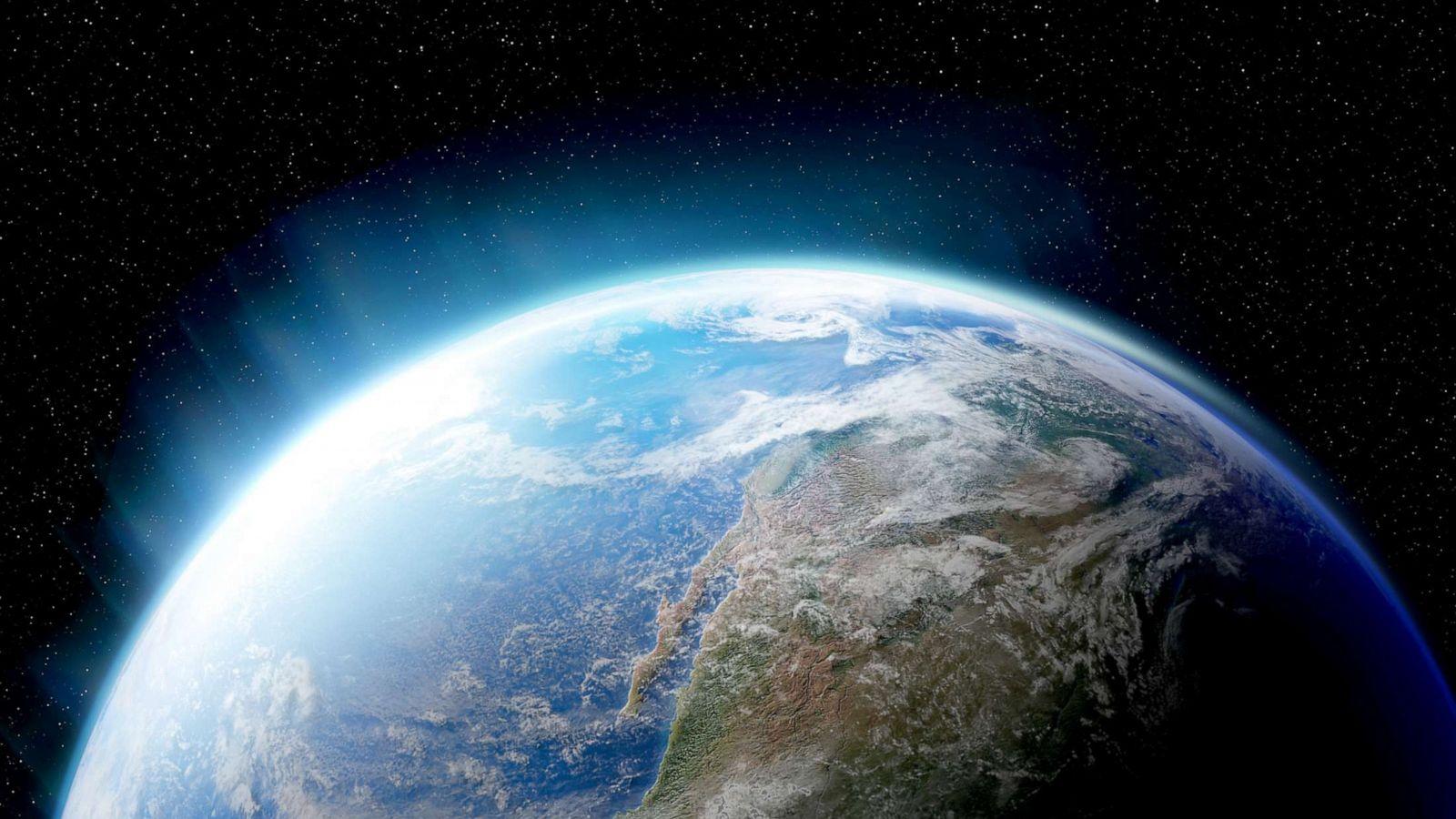
What Would Ben Franklin Do?
by Jocelyn Smerz
Blending Social Studies and Science with a focus on STEM principles. This lesson is one in a series of lessons examining Benjamin Franklin's contribution to science. Students learn about his inventions and how he used an evidence-based approach. In this lesson, students relate how he used mapping skills and scientific evidence to lead to his discovery of the Gulf Stream. Students will learn about the Gulf Stream and map its location. Students will design an experiment and create a thermometer as a tool Franklin would have used to gather evidence.
Lesson Plan Link/URL
https://docs.google.com/presentation/d/1Th4Rsv7JYvdrDnQF26nN1Ma_hU-1aaSm/edit?u…Subject Area
Science Earth and Space Science E1: Earth Systems Engineering S2: Apply the Engineering Design Process S4: Apply Science to Engineering English Language Arts (ELA) Reading (Informational Text) Speaking & Listening
Featured
Off
Related Content

Grades:
Kindergarten, 1st Grade, 2nd Grade, 3rd Grade, 4th Grade, 5th Grade, 6th Grade, 7th Grade, 8th Grade
Most students are likely familiar with popular films like Happy Feet, Surf’s Up, Penguins of Madagascar, and classic books like Mr. Popper's Penguins. Capitalizing on this familiarity with penguins

Grades:
4th Grade, 5th Grade, 6th Grade, 7th Grade, 8th Grade
Lesson "Phoenix Reimagined: From Sun City to Solar City" ensures that students engage in age-appropriate, hands-on learning experiences that promote understanding of solar energy and its applications

Grades:
4th Grade
After completing a unit on weather, students will be challenged to research, design, construct and attach a snow plow to their Edison robot. Then they will create a scratch code that will navigate

